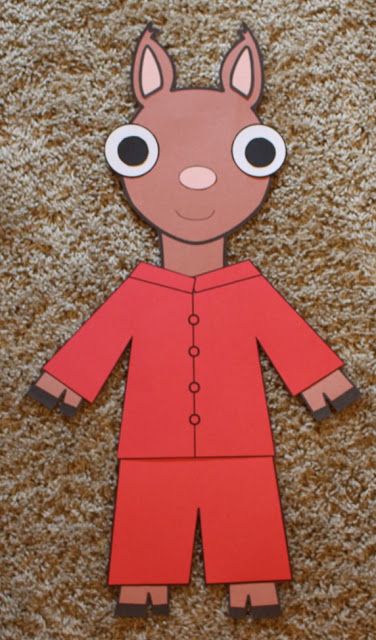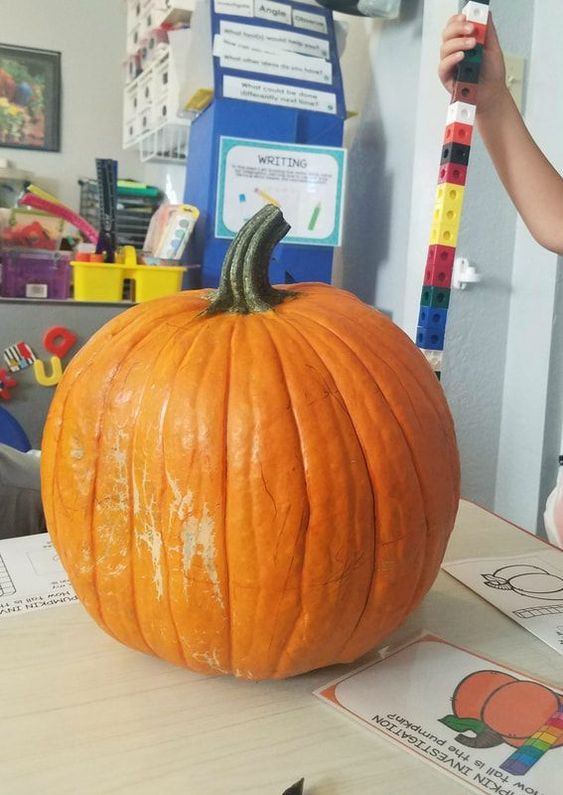Introduction:
Preschoolers are naturally drawn to the beauty, song, and flight of birds which makes them an excellent learning theme. Introducing children to bird-related activities not only excites their curiosity but also helps develop various skills. Discover 23 engaging and educational bird activities designed for preschoolers in this article!
1. DIY Binoculars
Using toilet paper rolls and some decorations, create binoculars for your little ones to observe birds in their natural habitat.
2. Bird-feeder Craft
Guide children through making a simple bird-feeder using pine cones, peanut butter, and birdseed.
3. Bird-themed Coloring Pages
Provide your preschooler with bird-related coloring pages to help them learn about different bird species.
4. Paper Plate Bird Nest
Create nests using paper plates, shredded brown paper, twigs, and leaves.
5. Birdwatching Walk
Take a walk through the park or neighborhood and identify local birds with a field guide or smartphone app.
6. Feather Painting
Provide feathers as another sensory paintbrush to create vibrant artwork.
7. Egg Carton Hatching Birds
Repurpose egg cartons as hatching birds using paint, googly eyes, and feathers.
8. Bird Migration Game
Teach children about bird migration through an interactive outdoor game.
9. Clay Birds
Allow children to model different kinds of birds with non-toxic clay or playdough, helping with fine motor skills development.
10. Matching Birds Memory Game
Challenge your preschooler’s memory with a matching bird card game featuring various species.
11. Bowtie Pasta Butterflies
Transform bowtie pasta into beautiful butterflies using watercolors or markers for a fun art project.
12. Paper Bag Puppets
Create paper bag bird puppets for imaginative storytelling and role-playing.
13. Bird-themed Yoga Poses
Introduce bird-inspired yoga poses like Flapping Wings and Perching Eagle to your preschool lessons.
14. Birds’ Sounds Identifying Activity
Play recordings of various bird songs and let children guess the species, enhancing their listening skills.
15. Feather Sorting
Organize feathers by size, color, or texture for a sensory sorting activity.
16. Birds and Worms Fine Motor Game
Set up a small birds and worms game using plastic tweezers, pipe cleaners, and pom pom “birds” to enhance fine motor coordination.
17. Bird Anatomy Puzzle
Let kids assemble a basic bird anatomy puzzle for a hands-on learning experience.
18. Bird-Themed Cutting Practice
Provide cutting practice worksheets featuring bird shapes to improve hand-eye coordination and scissor skills.
19. Pretend Play Vet Clinic
Set up a pretend play bird clinic with stuffed animals, bandaids, and vet tools to encourage imaginative play.
20. Build-a-Bird Customizable Craft
Assemble various craft supplies (pipe cleaners, foam shapes, feathers) for children to create their own unique bird species.
21. Bird Beak Experiment
Explore the functions of different bird beaks using household objects like tweezers, straws, or spoons to represent various bird feeding adaptations.
22. Counting Birds Activity
Use printed bird images or toy birds for counting activities to help develop your preschooler’s numeracy skills.
23. Life Cycle of a Bird Sequencing Cards
Teach children about the life cycle of a bird using sequencing cards as visual aids.
Conclusion:
Enjoy these 23 engaging and educational bird activities that span across various areas of development. Your preschooler will love exploring the fascinating world of birds while honing their cognitive, motor, and creative skills. Happy bird watching!










